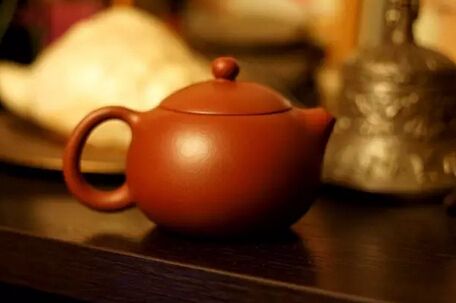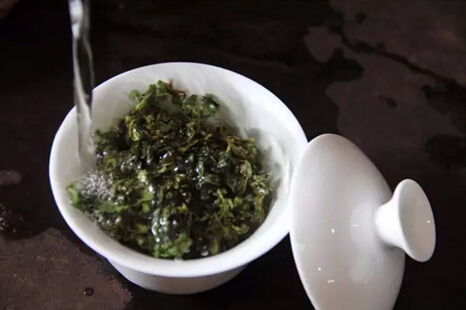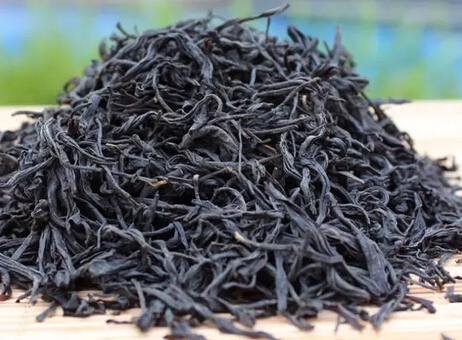Having been in the tea community for so long, I often encounter tea enthusiasts raising controversial questions. While everyone actively discusses and exchanges ideas, many newcomers end up misled to some extent. Today, I’ve listed these topics to see which one has been misleading you.
1. Are Purple Clay Teapots Unsuitable for Brewing Green Tea?
Reason: Using purple clay teapots to brew green tea seems unnecessarily fancy to me. As we know, purple clay teapots excel in heat retention and breathability, making them ideal for fermented teas like Pu'er tea, ancient tree black tea, or Da Hong Pao, which have robust flavors and aromas.

Purple Clay Teapot
Green tea, on the other hand, is made from tender leaves and requires lower brewing temperatures (around 85°C). Excessive heat or prolonged steeping can ruin its delicate flavor. Additionally, using a purple clay teapot prevents observing the leaves unfurling or inspecting the brewed leaves. Therefore, I recommend using a gaiwan or glass cup for green tea. Of course, some tea lovers do use purple clay teapots, but this demands exceptional craftsmanship and brewing skills.
2. Does Rinsing Tea Remove Pesticide Residues?
Reason: Many people discard the first brew, believing it washes away tea dust or pesticide residues. In reality, rinsing tea primarily serves to awaken and moisten the leaves, helping them unfurl and release their flavors—hence why some call it "awakening tea" or "moistening tea." For compressed teas like Pu'er, rinsing twice may be appropriate.

Rinsing Tea
The idea that rinsing can eliminate pesticide residues is questionable. Water immersion barely dissolves such residues, so if the tea meets safety standards, it’s safe to drink. Believing boiling water can cleanse pesticides is more of a psychological comfort than a factual solution.
3. Are Visually Appealing Teas Always High-Quality?
Reason: As a self-proclaimed member of the "appearance association," I’ve fallen for beautiful-looking teas, assuming they must be superior. Many tea buyers unconsciously equate flawless looks with quality, a mindset sellers exploit to their advantage.

In truth, good tea isn’t always pretty. Premium teas like Wuyishan rock tea, Tongmuguan Zhengshan Xiaozhong, or wild ancient tree black tea often have humble appearances. These unassuming leaves can be top-tier treasures—proof that judging tea by looks alone is unreliable.
Tea-related knowledge is often debated, with truths and myths intertwined. To avoid misconceptions, tea lovers should seek multiple perspectives for accurate conclusions.